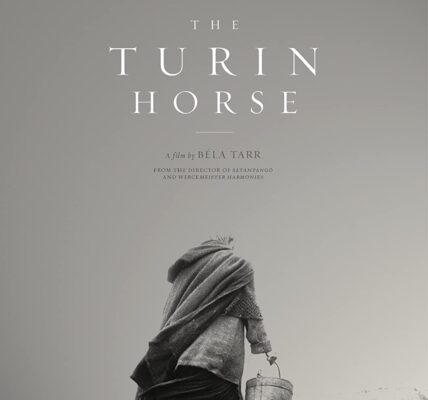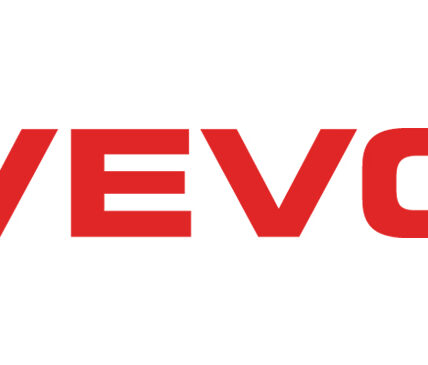Over the past few years 3D has become a high-profile component for a number of large-scaled spectaculars, notably Avatar and, more recently, Spielberg’s Tintin adaptation and Scorsese’s Hugo. But while 3D is enjoying success, it’s also been open to a number of more sceptical responses about its commercial and aesthetic opportunity. For some it remains a gimmick whilst for others there’s a real sense that if used with thoughtful, creative judgement, it can enrich certain kinds of film. Either way, 3D and movies certainly have a long history together—see Hitchcock’s Dial M for Murder and André de Toth’s House of Wax for two fifties classics of the form. And, one can certainly understand the commercial potential for producers in returning to their library of classics and refreshing them in dynamic ways for new audiences. It seems rather logical, then, that the vivid spectacle that so defines the Star Wars movies would eventually make the leap into the world of 3D. First to hit cinemas will be Star Wars: Episode I—The Phantom Menace, given the third-dimensional treatment by Industrial Light & Magic (ILM), a dedicated division of Lucasfilm.
Heading up the team is visual effects supervisor Dorne Huebler who brings with him plenty of experience; since joining Industrial Light & Magic in 1998, has worked as a compositing supervisor for such films as Planet of the Apes, Harry Potter and the Prisoner of Azkaban and The Island. ILM itself hasn’t been shying away from the 3D arena over the last few years, having worked on films like Avatar, Transformers 3 and Pirates of the Caribbean: On Stranger Tides, as well as creating the Star Tours attraction for Disney. Those projects, however, originated in the 3D format, distinguishing them from the work being done on The Phantom Menace. “Here we are creating a 3D conversion of a film originally shot in 2D,” Heubler explains. “Experiencing the 3D effect when viewing a movie requires two images per frame, one for each eye, that reflect the offset between the eyes. Projecting these simultaneously creates the illusion of depth. [For films originating as 3D] we either had an existing right- and left-eye image for each frame, or were creating an image for each eye from scratch. To see The Phantom Menace in 3D, we have had to make a second image for every frame. We partnered with Prime Focus as the 3D facility to handle all the conversion work on the show and they really came through.”
Certainly ILM is already well qualified in this process, possessing an overall body of work and experience, having worked to convert The Nightmare Before Christmas to 3D back in 2007. The company therefore had a sense of where to go with the aesthetic on The Phantom Menace, although, interestingly, no new elements have been created for this presentation of the film. “One of the things Mr. Lucas told us when we started the project was that we weren’t out to make a new movie,” Huebler explains. “It was about experiencing the original film in a new way, in 3D. In general, seeing the film in 3D seems to unify the shots even more, with all the live-action characters and animated creatures belonging together in the same world.”
A great asset for ILM was the inclusion of some of the crew from the 2D film. This included John Knoll, the visual effects supervisor on the original film, who had worked closely with George Lucas on all three of the prequel episodes. “It was a tremendous help that John had been on location for the film and usually had a detailed memory of the layout or scale of objects and shots, based on first-hand knowledge,” says Huebler. “For the first phase of the show, John and I chose a suite of shots that posed difficult challenges reflecting the spectrum of 3D issues that would need to look right for us to feel we could proceed deeper into the process. We knew that if we could work with Prime Focus to get these shots looking great, there wouldn’t be any surprises to tackle as we went forward. Once we showed these shots to Mr. Lucas and got his initial feedback, it gave us what we needed to address the 3D in the rest of the film. From there John and I interfaced with the stereographer and team at Prime Focus as we moved through all the sequences in the film.”
The ILM team also had to take into account the way in which the film would be projected, making sure that the image quality was the best it could be for digital theatrical projection. “For this, we undertook a full restoration process from the source image files that went to film in the original production,” explains Huebler. “Generally, the challenge for all shots was to find the right balance and depth distribution so you believed it was shot in 3D. When this isn’t done right, it can seem that the scale of a shot is wrong or objects that should be far apart in depth are crowded together too much. Sometimes this would make the depth seem ‘warpy’, as if a flat floor plain was appearing wavy, for instance. One thing we didn’t want to do was overdrive the 3D depth on a shot where it wasn’t warranted, because it wouldn’t play well in the cut. An example is that if you push the depth too far on a wide angle shot where nothing is close to camera, it tends to make the shot seem miniaturised, as if people in the shot are only a foot tall and at the wrong scale. We found that if we stayed true to how a stereo camera would have recorded the action, it would play the best in context of the film.”
“One of our key concerns when starting the project was to be sure that we could achieve a high-quality standard and maintain that level throughout the film,” Huebler concludes. “There had been some films that were rushed through the 3D conversion process too quickly. These were criticised for having many issues with depth not looking real for various reasons. We wanted the Phantom Menace conversion to look naturalistic in depth, as if it had actually been shot with stereoscopic lenses. Prime Focus had the same goal as we did, to set the bar as high as possible for every shot in the show. We made sure that we allowed enough time in the schedule to go through iterations on shots and refine the film in 3D until we had met that goal. The film is probably the best it has ever looked.”
As digital technology continues to evolve, Huebler has some advice for those emerging filmmakers looking to utilise 3D. “Experiment and shoot short films and tests to play with the stereoscopic camera, so it’s not an afterthought when production starts. The other thing I would strongly recommend is to avoid using 3D as a gimmick; I would leave that more for the amusement park rides. Let the 3D stay true to serving your story. People are getting used to seeing films in stereo by now so it still comes down to the same basic criteria that make for great filmmaking, like direction, editing, acting, cinematography, and an engaging story.”
Starting Out in 3D (Box Out)
While many contemporary independent filmmakers are using their DSLR cameras to all sorts of expressive effect, working on a similar scale to produce a 3D film is potentially more of a challenge. Certainly, YouTube now offers a range of stereoscopic conversion applications. Alternatively, you might prefer to work with software such as Adobe After Effects (CS5.5) which will allow you to convert your 2D content by deploying varying degrees of sophistication. You can choose to work with converged camera formats or with parallel camera set-ups, for example.
Increasingly, various software packages are being published and if you want to stay old-school and read up on the subject first, you’d be wise to consult a title such as 3D MovieMaking by Bernard Mendiburu. And when you’ve completed your 3D project, you can submit it to a festival such as www.3dff.org.










